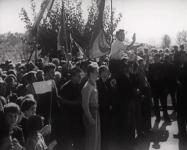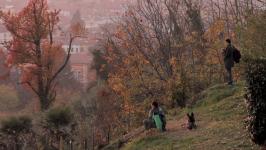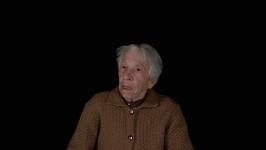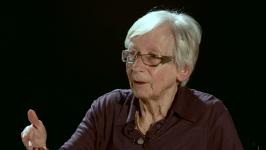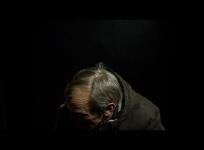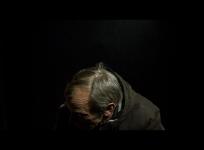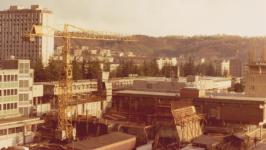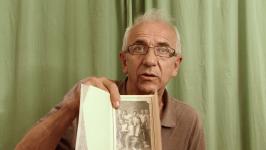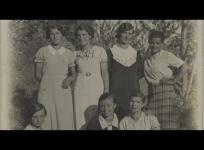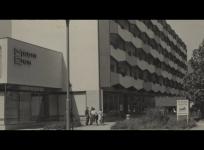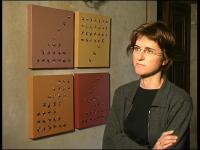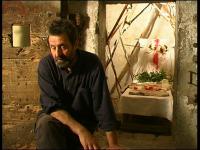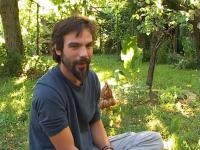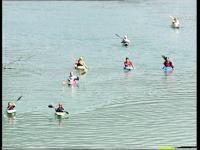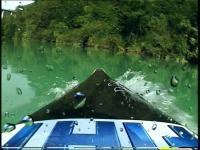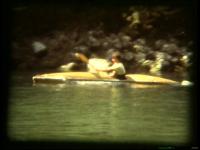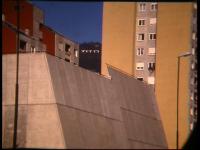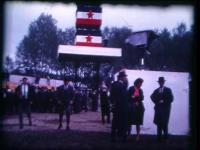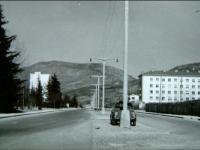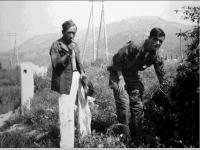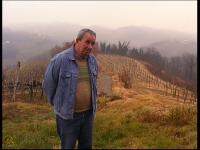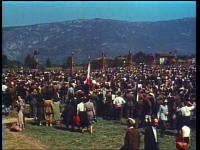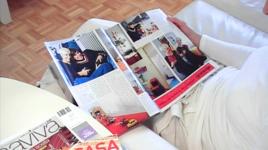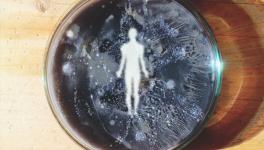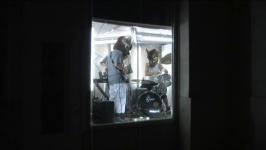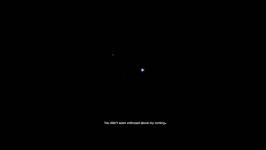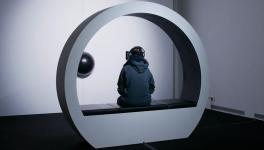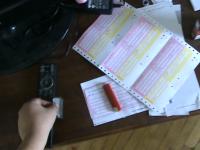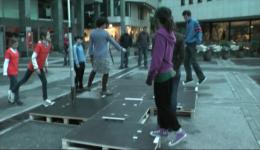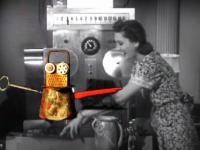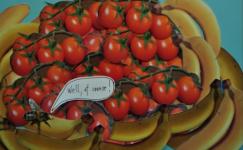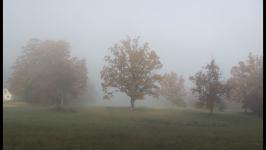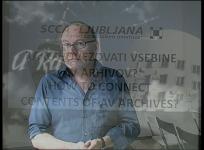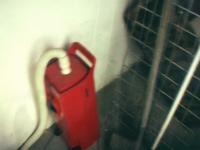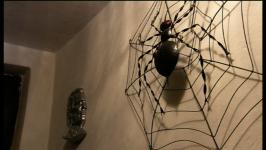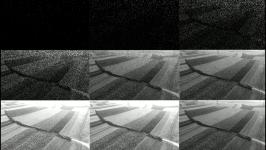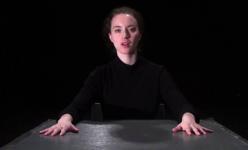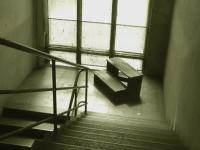A customs office building on the border between two towns, two countries, two social systems, two worlds, the Romanic and the Slavic, 65 years after the end of the war. On the 20th of December with the entry of Slovenia into the Schengen area, Nova Gorica for the first time in its short history finds itself without border fences. The same night, this traumatic space transforms into a meeting place. Inside are placed a camera, a microphone, a computer, and a curtain and people from both sides of the border start streaming in, bringing their stories and images, donating their contributions to the common holdings of memory. Donated memories and fragments of family and archive films tell how can two different realities find themselves simultaneously in the same place.
Cross-Border Memory Collection Actions
The purpose of memory-contributed actions is to create an open archive that evolves over time and becomes a kind of gift that we give to the people of both cities for generations to come. Much like a family album, designed by its incompleteness, it is an archive of memory in a constant process of creation and rearticulation. Namely, Nova Gorica (Yugoslavia/Slovenia) and Gorizia (Italy) were separated not only by the boundaries between two countries and social systems but also by the boundaries between two comprehensions of the past. The border crossings that have separated us for years can now become meeting points that reflect the relationship between personal and collective memory.
Actions: Smuggler’s Confessional (2007), Memory Clinic (2009), Album of the City (2011), Memory Clinic Ljubljana (2012), Found Portraits (2013), Images of Oblivion (2014), Sewn Memories (2015), Portraits of Buildings (2015). (Source: Anja Medved)
